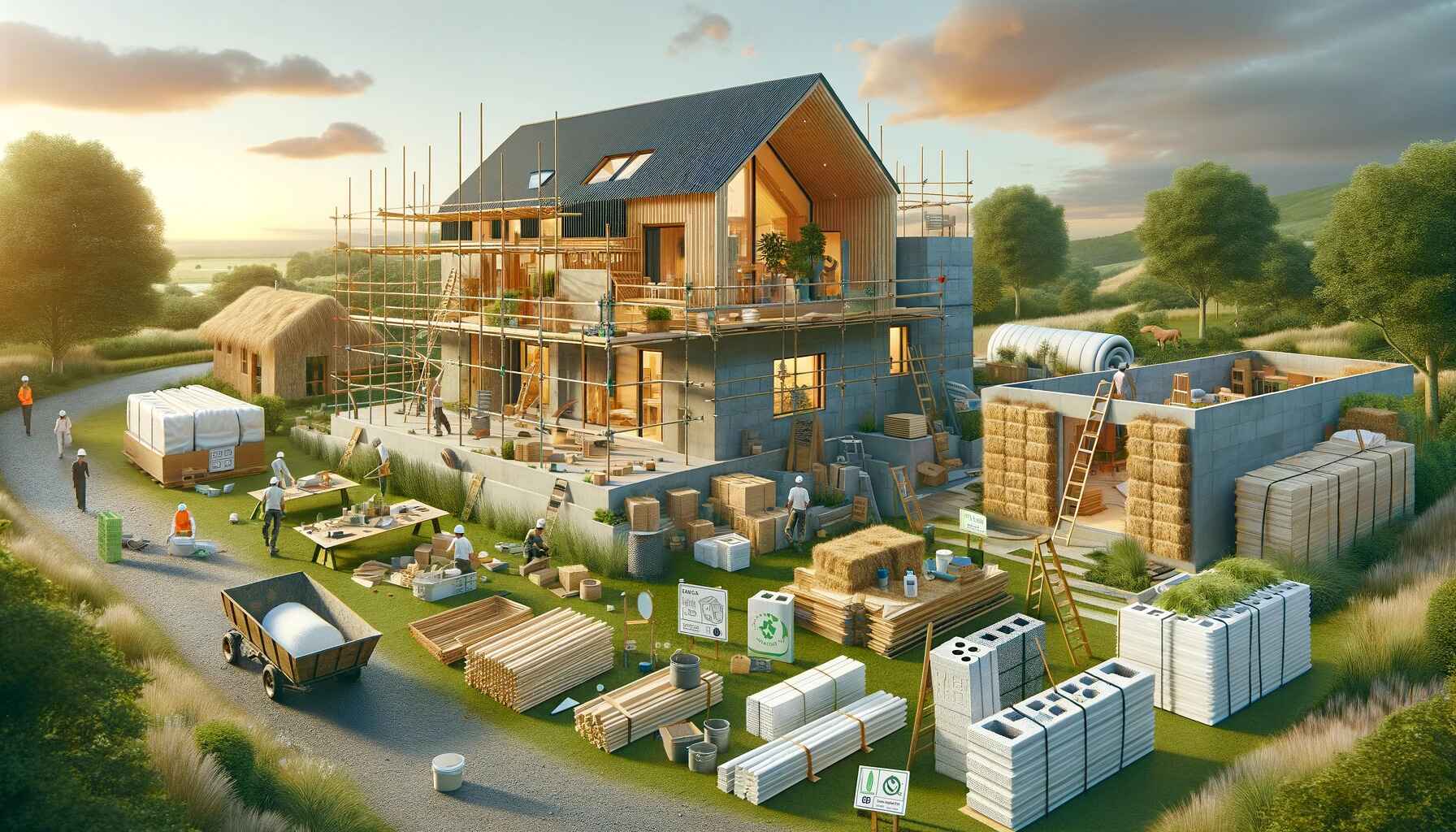In recent years, the construction industry has seen a significant shift towards sustainability. As awareness of environmental issues grows, so does the demand for sustainable building materials. These materials not only minimize the environmental impact but also offer long-term benefits in terms of energy efficiency, durability, and cost savings. This article explores some of the most promising sustainable building materials and their advantages in modern construction.
Bamboo: A Rapidly Renewable Resource
Bamboo stands out as one of the most sustainable building materials available today. Unlike traditional hardwoods, bamboo grows extremely fast, reaching maturity in just three to five years. Its rapid growth rate means that it can be harvested frequently without causing deforestation. Additionally, bamboo has a high strength-to-weight ratio, making it an excellent choice for structural applications. It is used in flooring, cabinetry, and even as a substitute for steel reinforcement in concrete.
Recycled Steel: Reducing Waste and Emissions
Steel production is notorious for its environmental impact, but recycled steel offers a greener alternative. Using recycled steel reduces the need for mining and processing raw materials, significantly cutting down on energy consumption and greenhouse gas emissions. Recycled steel retains all the properties of virgin steel, making it suitable for use in framing, roofing, and other structural components. Moreover, steel is highly durable and recyclable, contributing to a circular economy.
Insulated Concrete Forms (ICFs): Enhancing Energy Efficiency
Insulated Concrete Forms (ICFs) combine the strength of concrete with the insulating properties of foam. These forms are used to create walls that provide excellent thermal insulation, reducing the need for heating and cooling. By maintaining a stable indoor temperature, ICFs help lower energy consumption and utility bills. They also offer superior soundproofing and resistance to natural disasters, making them a practical and sustainable choice for building homes and commercial structures.
Reclaimed Wood: Preserving Heritage and Reducing Waste
Reclaimed wood gives old materials a new life, reducing the demand for new timber and preventing waste. This wood often comes from old buildings, barns, and factories, offering unique character and history. Reclaimed wood can be used for flooring, paneling, and furniture, adding a rustic charm to modern interiors. Its use preserves forests and reduces the carbon footprint associated with logging and processing new wood.
Straw Bales: Natural Insulation with a Low Carbon Footprint
Straw bales provide an eco-friendly and highly effective insulation solution. Made from the stalks of cereal grains, straw bales are a byproduct of agriculture that would otherwise go to waste. These bales offer excellent thermal insulation, helping to maintain comfortable indoor temperatures with minimal energy use. When used in construction, straw bales are placed within a wooden frame and plastered, creating a durable and energy-efficient wall system.
Low-VOC Materials: Improving Indoor Air Quality
Volatile Organic Compounds (VOCs) are harmful chemicals found in many traditional building materials, such as paints, adhesives, and finishes. Low-VOC materials release fewer pollutants into the air, improving indoor air quality and reducing health risks. Opting for low-VOC paints, sealants, and flooring materials creates a healthier living environment while also contributing to overall sustainability.
Hempcrete: A Versatile and Sustainable Alternative
Hempcrete, a composite material made from hemp fibers and lime, offers a sustainable alternative to traditional concrete. It provides excellent thermal insulation, is lightweight, and has a low carbon footprint. Hempcrete also sequesters carbon dioxide during its curing process, further reducing its environmental impact. Its use extends to walls, insulation, and even flooring, showcasing its versatility in sustainable construction.
Conclusion
The adoption of sustainable building materials is crucial for reducing the environmental impact of the construction industry. Materials like bamboo, recycled steel, ICFs, reclaimed wood, straw bales, low-VOC products, and hempcrete not only contribute to a greener planet but also offer practical benefits in terms of durability, energy efficiency, and cost savings. By embracing these materials, builders and homeowners can create structures that are not only environmentally responsible but also healthy and efficient places to live and work. As the demand for sustainable construction grows, the continued innovation and use of these materials will play a key role in shaping a more sustainable future.

